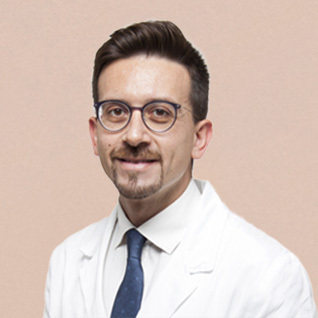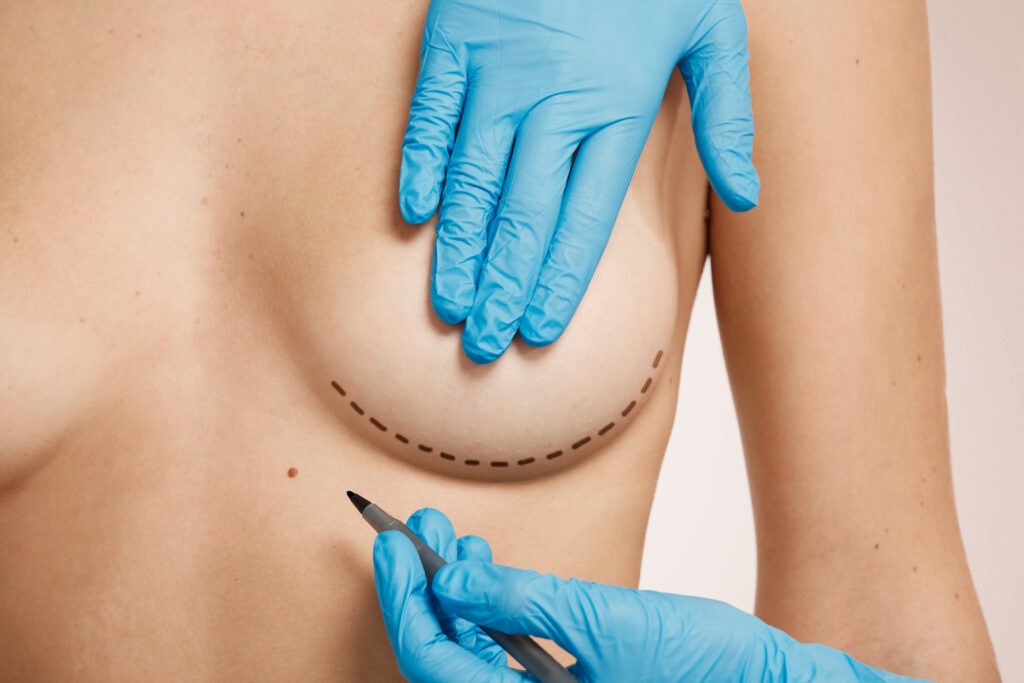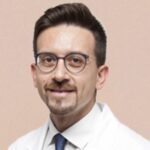Medical doctors and Surgeons
Autologous breast reconstruction: the new frontier of microsurgery
Breast reconstruction is a crucial part of the healing process for many women who have undergone breast surgery, particularly after a mastectomy. In recent years, a technique has emerged that stands out for its natural appearance and longevity: microsurgical breast reconstruction using autologous tissue, meaning tissue taken from the patient’s own body. Dr. Beniamino Brunetti, a plastic and reconstructive surgeon at the Campus Bio-Medico University Hospital in Rome, explains the benefits of this technique.
«Microsurgical breast reconstruction is an alternative to the more common reconstruction with implants. It involves the use of autologous tissues, harvested from donor sites such as the lower abdomen or inner thigh», explains Dr. Brunetti. Unlike implants, which may require periodic replacements and revisions, autologous tissues integrate naturally into the patient’s body, aging with her and reducing the need for future interventions.
Reconstruction with self-donation

One of the main advantages of this technique is the possibility of also enhancing the appearance of the donor site. «The most common donor site is the lower abdomen, allowing the patient to achieve an aesthetic result similar to a tummy tuck – continues Brunetti -. The second, less common donor site is the inner thigh, which offers a result similar to a thigh lift».
But the benefits aren’t just aesthetic. Reconstruction with autologous tissues, the doctor explains, significantly reduces complications associated with implants, such as capsular contracture or implant extrusion, often caused by radiotherapy. «With implants, patients may need revisions every five to ten years due to residual asymmetry or complications – Dr. Brunetti adds -. With autologous reconstruction, once the tissue takes, it ages with the patient, offering a more natural and long-lasting result».
Advancements in microsurgery techniques
Over the years, microsurgical reconstruction techniques have improved significantly, making the procedure quicker and safer. «Today, thanks to advanced microscopes and equipment that allow us to predict the quality of the transplanted tissue, we can reduce complications and limit the procedure to three or four hours», Dr. Brunetti explains. This has reduced the likelihood of post-operative intensive care, allowing patients to recover within a few days.
Despite its benefits, microsurgical breast reconstruction is not yet widely used within the Italian healthcare system. «These complex techniques receive the same reimbursement as implant-based reconstruction, even though the procedure is longer and more delicate», Dr. Brunetti points out.

This limits the use of the technique primarily to cases of implant complications. However, the surgeon believes that in the long term. This type of surgery would benefit the national healthcare system by reducing the need for multiple surgeries every five or ten years, not only for aesthetic reasons but also for patients’ health. «This procedure is truly an investment in one’s body – Dr. Brunetti concludes -. Not only does it provide a more natural and lasting reconstruction, but it also improves the aesthetics of donor areas, reducing the need for future interventions».




































